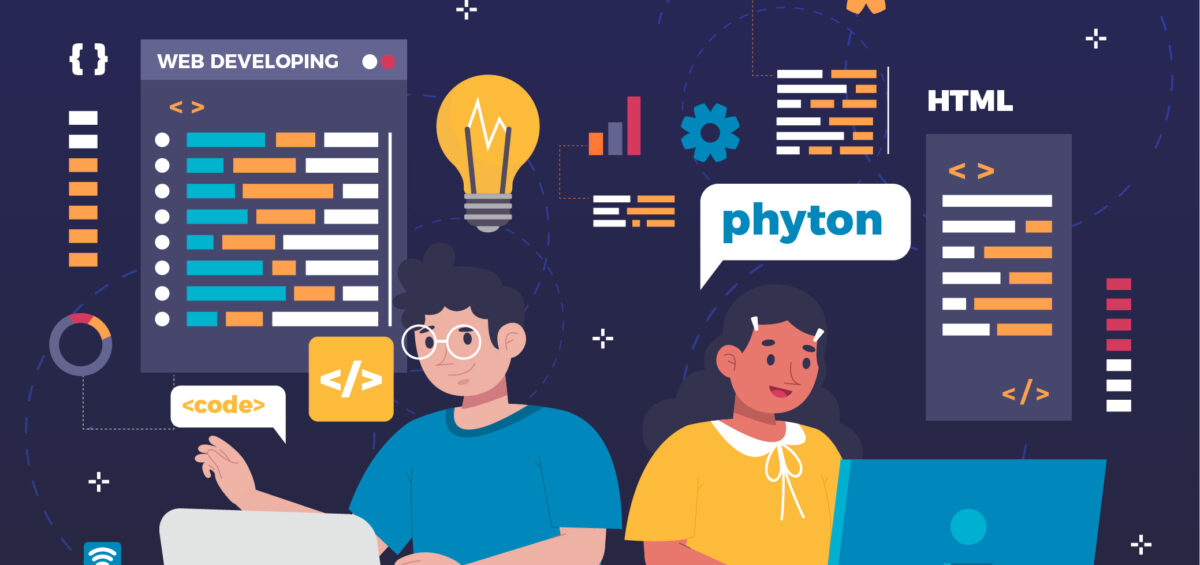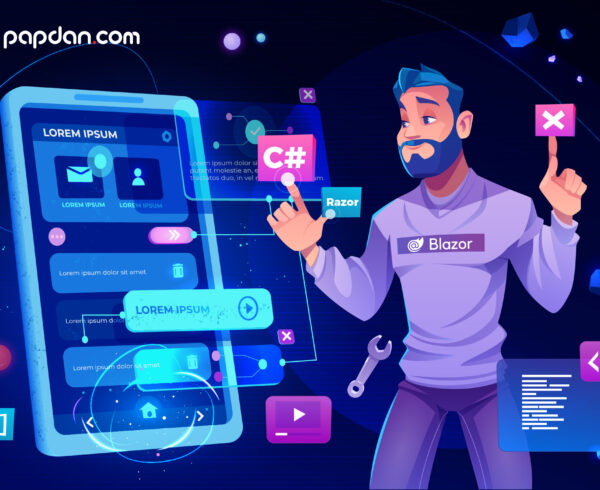One of the most popular programming languages among developers is Python. It consistently ranks on the TIOBE index, a widely recognized programming language popularity ranking as the top 10 programming languages and has been No. 3 in recent years on several occasions. This language is loved by many web developers for its simple structure and power, and it has useful application in many different domains, as we will see later in the post.
We can find many good reasons to look at its rise to popularity over the last two decades. I’ll share the three most important things with you in this post. This will highlight what you’re missing if you’re not a Python programmer yet. But even if you already are one, you can still get some new ideas on how to create amazing stuff using Python. Let’s get started!
Multiple Programming Paradigms
Python is a language which is versatile. It supports various paradigms, including procedural programming, functional programming, and object-oriented programming. There are also pros and cons of both of these paradigms of programming. The wonderful thing about Python is that for a given project, a developer will select the approach that is more beneficial.
One of the qualities that set it apart from other programming languages is Python’s paradigm flexibility.
For example, its dynamic type system allows Python developers to create complicated software systems. Furthermore, Python uses automated memory management, which makes the task of the programmer much simpler and faster.
Maintainable and Readable Code
Its readability is one of the biggest advantages of Python over other languages. Compared with those of other programming languages, Python’s the keywords are very intuitive. They mimic English, which makes them easy to understand, and it has fewer of the pesky punctuation requirement that make other programming languages challenging.
Readability and maintainability in code translate to better efficiency. For developers, it takes less time and resources to patch bugs and modify code. Programmers spend much more time reading code than writing it, so being as simple, transparent, and concise as possible is important for code.
Artificial Intelligence and Machine Learning
For both data science and artificial intelligence, Python is the preferred language.
While the R programming language has long been popular for data processing and manipulation, Python has a huge array of libraries and data science resources that are indispensable. The explanation why it has so many libraries and resources is basically because it was built to be simple for Python to build tools. There’s a big group of developers who create and upgrade Python libraries, and there’s a huge market for software for data science.
Python, furthermore, has incredibly strong machine learning tools, such as PyBrain. This instrument is used widely for both supervised and unsupervised learning, which are key tools in the development of modern artificial intelligence.
In many fields, including finance, marketing, and medicine, demand for machine learning is increasing significantly. As a consequence, in the coming years, these companies will find that Python is an invaluable asset.
To conclude, Python is an incredibly useful language for programming. It’s one of the most popular programming languages used nowadays, and, as we have seen, there are strong explanations for that.
Its flexibility, its user-friendliness, and its utility in a number of domains are among these. Over the next few years, Python’s popularity is expected to continue to grow. In industries where machine learning is increasingly important, such as finance, marketing, and medicine, this will be especially true. Python would be an indispensable commodity in those fields, and so will a Python programmer!








 Papdan.com Copyright © 2020. All Rights Reserved
Papdan.com Copyright © 2020. All Rights Reserved